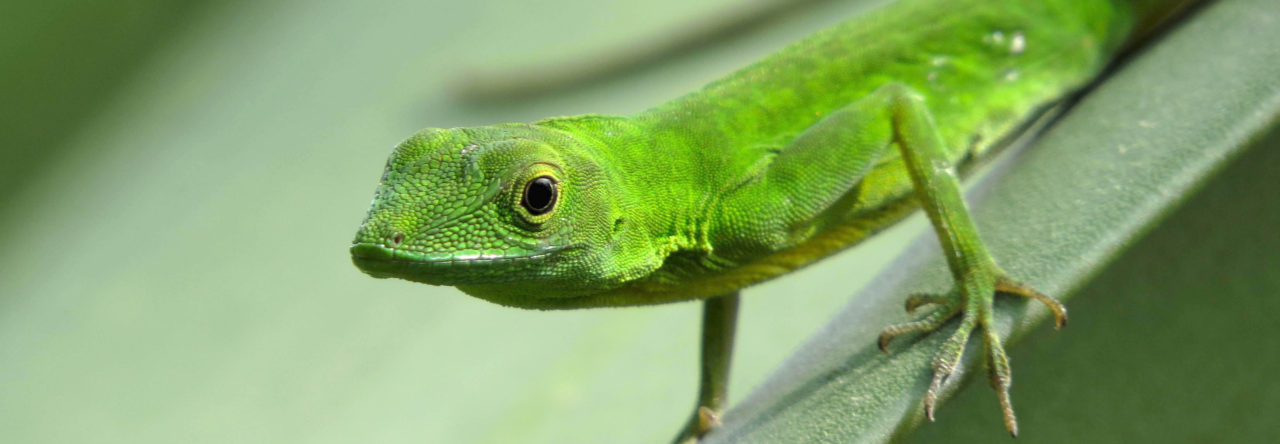Liam Revell writes:
My co-authors (Luke Mahler, Graham Reynolds, & Graham Slater) and I recently presented a ‘new’ method for placing recently extinct taxa into a backbone molecular phylogeny on the basis of quantitative trait data. I say ‘new’ with quotes, because our methods derives closely, with full credit given where due, from a Maximum Likelihood phylogeny inference approach presented originally by Felsenstein (1981, 2002).
The idea is basically as follows. We start with a time-calibrated molecular phylogeny containing N – 1 species, and a single taxon of interest (the Nth taxon) whose placement in the tree is of interest, but for which molecular characters are missing. If we have quantitative trait data from one or more characters for all N species in the tree, we can use an approach based on Felsenstein (1981) to add this taxon to our base phylogeny using the statistical criterion of Maximum Likelihood. In our article (Revell et al. 2015), we demonstrate that the method works pretty well in theory. In fact, for more than a few quantitative characters & particularly for trees of large size, the method often places the missing taxon in our dataset in a topological position that is identical to its true position. (See figure below, reproduced from our article.) In the figure, white bars show the performance of our method (compared to grey bars which represent placement at random). In all cases, lower values indicate that the estimated tree is closer to the generating tree.
In our article (Revell et al. 2015), we demonstrate that the method works pretty well in theory. In fact, for more than a few quantitative characters & particularly for trees of large size, the method often places the missing taxon in our dataset in a topological position that is identical to its true position. (See figure below, reproduced from our article.) In the figure, white bars show the performance of our method (compared to grey bars which represent placement at random). In all cases, lower values indicate that the estimated tree is closer to the generating tree.
The question you’re probably asking yourself (and quite rightly so) is: what could this possibly have to do with anoles? The answer is that we applied the method to the unusual case of Anolis roosevelti. Anolis roosevelti, as many readers of this blog likely already know, is a mysterious crown-giant anole from Culebra and (probably) the Spanish, U.S., and British Virgin Islands, excluding St. Croix. It is only known from a few specimens and was last collected in 1932. Aside from some unconfirmed reports, it has neither been seen nor heard from since. Unfortunately – and tragically given the impressive nature of this creature – all but the most optimistic anole biologists agree that this species is most likely extinct. (Many of us, the author included, still holds out hope, of course.) The figure below shows the type specimen of this impressive creature. (Figure from our article and image courtesy of the Museum of Comparative Zoology at Harvard.)
 Since no prior investigator has collected molecular characters from this species, and the prospects for so doing in the future are somewhat mixed (for reasons that we explain in the article), we thought Anolis roosevelti would represent an interesting test case for our method. Would A. roosevelti, we asked ourselves, fall out as sister to the Puerto Rican crown-giant, Anolis cuvieri, as sister-to or nested-within the rest of Puerto Rican anoles, or in another part of the tree entirely?
Since no prior investigator has collected molecular characters from this species, and the prospects for so doing in the future are somewhat mixed (for reasons that we explain in the article), we thought Anolis roosevelti would represent an interesting test case for our method. Would A. roosevelti, we asked ourselves, fall out as sister to the Puerto Rican crown-giant, Anolis cuvieri, as sister-to or nested-within the rest of Puerto Rican anoles, or in another part of the tree entirely?
Read More





















